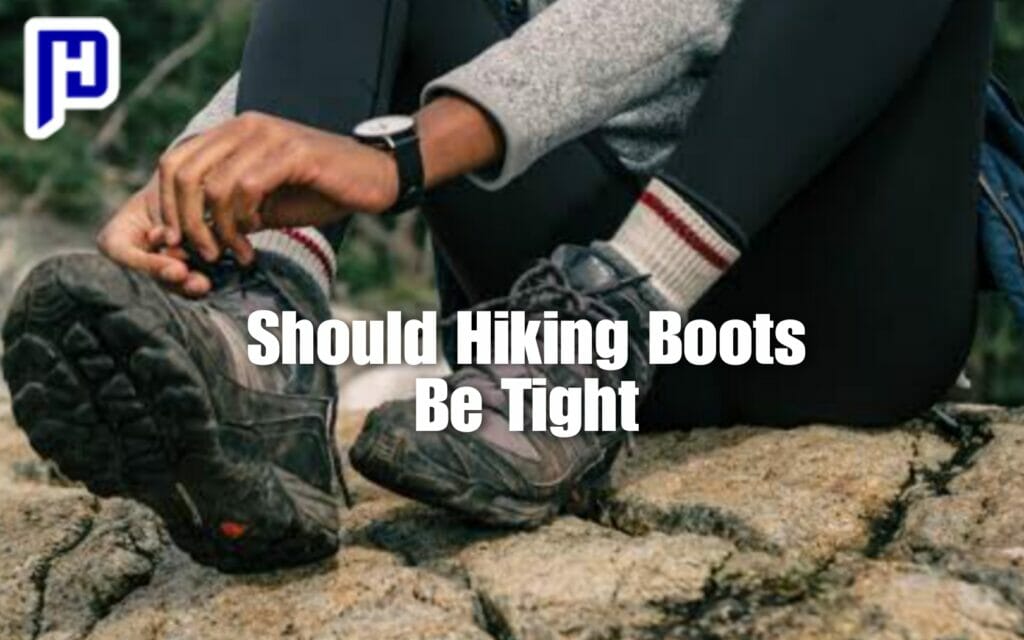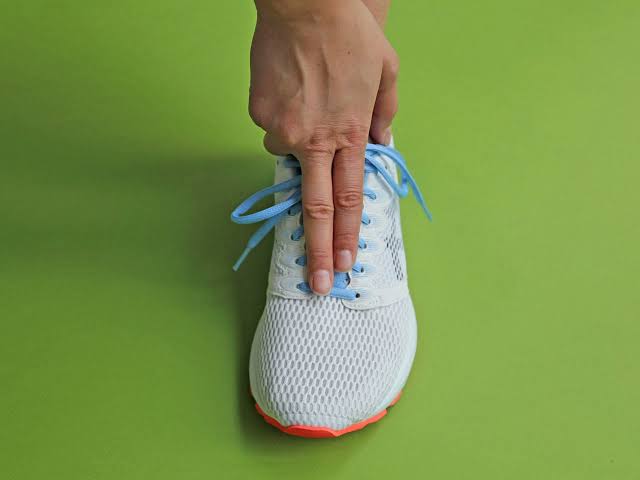Should Hiking Boots Be Tight, if Yes Then Upto What Extent
Yes hiking boots should be tight and I’m aware of the importance of properly fitting hiking boots and the balance between comfort and support they provide.
While I might not fully understand the subjective notion of “tightness,” I recognize that the fit of hiking boots is a critical consideration for hikers.

In the digital age, the internet has transformed the way we seek information. While it has undoubtedly expanded our knowledge base, it has also inadvertently introduced complexity to even the simplest of questions.
The pursuit of a clear and straightforward answer can sometimes lead to confusion, particularly when it comes to seemingly simple matters like how tightly to lace your hiking boots.
In reality, the tightness of your hiking boot laces remains a subjective preference, allowing room for personal comfort and individual choice.
7 Amazing Psychological Benefits Of Hiking
Should Hiking Boots Be Tight?
For those seeking a practical and logical approach to determining the right tightness, a couple of straightforward methods can be employed.
Heel Test
One such method involves the heel test. By holding the heel of your hiking boot and gently pulling it downward, you can gauge the snugness of the fit.

If the boot easily slides off your heel, the laces are too loose and may require adjustment. Conversely, if the boot remains firmly in place, you’ve likely achieved an appropriate level of tightness.
Finger Test
Should you be concerned about over-tightening, an uncomplicated method comes to the rescue. Placing a finger between the laces and your foot allows you to assess whether they are overly tight.
If the fit is excessively snug, you’ll be able to feel the pressure against your finger. This simple test serves as a valuable indicator to avoid causing discomfort or restricting blood circulation.

A key indicator of the right fit is when your hiking boots are snug enough to resist your feet sliding around inside them, particularly during strenuous movements or uneven terrain.
Your feet should feel securely held in place, preventing friction that can lead to painful blisters. To achieve this, it’s important to ensure that the shoes are tight around the instep and midfoot areas.
Is Hiking Considered A Hobby? Logical Explanation
A secure hold in these regions helps to maintain stability and control during hikes, reducing the risk of accidents or twisted ankles.
While these techniques provide practical guidance, it’s important to emphasize the personal nature of the endeavor. Hikers possess varying preferences and unique foot shapes, which influence the ideal lacing tightness.
No universal formula exists, as what feels right for one individual might not be suitable for another. It’s this individualized aspect that highlights the importance of experimentation and self-discovery.
Furthermore, understanding your own feet and their unique characteristics is vital. Different foot shapes and sizes require varying levels of tightness to achieve the best fit.
Factors such as arch height, foot width, and overall foot shape play a role in determining the most suitable fit for you.
Prior experience with hiking boots and understanding how your feet respond during long hikes can also guide you in finding the right level of tightness.
8 Emotional Benefits of Hiking That Will Make You Speechless
Drawbacks of Over tightness
However, it’s important to emphasize that excessive tightness can have negative consequences. Over-tightening your hiking boots can lead to discomfort, restricted blood circulation, and even foot pain.
Pressure points can develop, causing unnecessary strain on your feet and diminishing the pleasure of your hike.
It’s a fine line to walk, where achieving the ideal level of snugness without inducing discomfort becomes essential.
Conclusion
The lacing technique, along with a deep understanding of your own feet, becomes a valuable tool in this pursuit. Remember, it’s about finding that “just right” fit – snug enough to keep your feet secure but not so tight as to cause discomfort.
With the right approach, you can confidently stride along the trails, knowing that your hiking boots are providing the optimal level of support for your unique journey.
Why Do I Feel Sick After Hiking : Symptoms, Causes and Prevention


